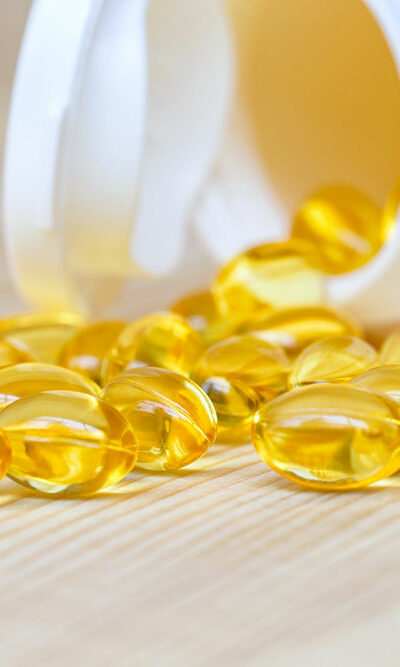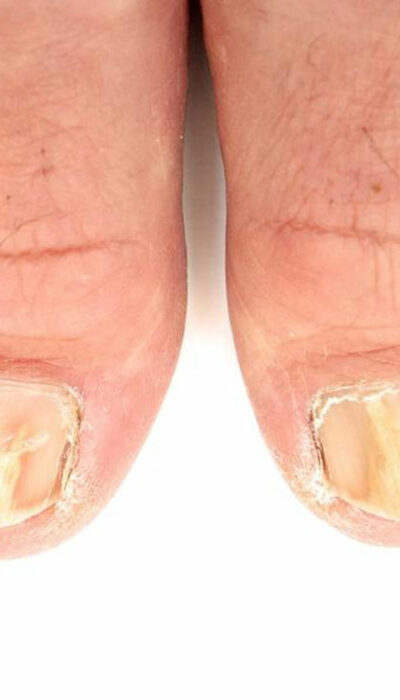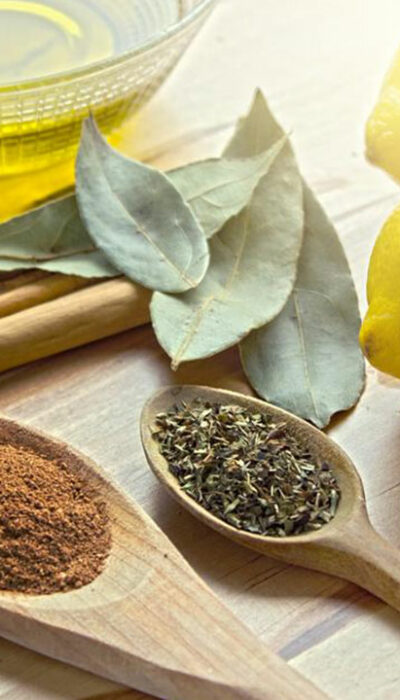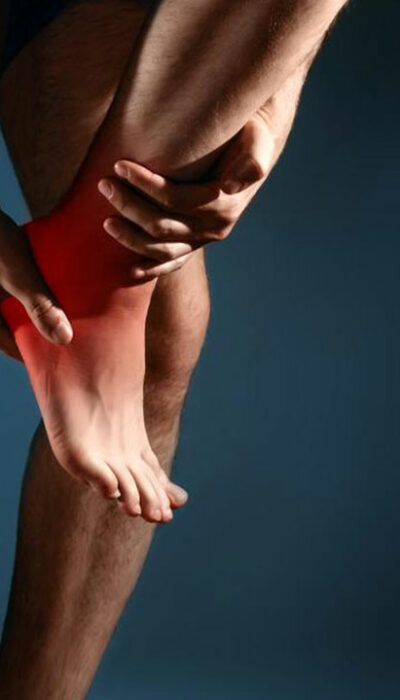
How lifestyle changes help in improving psoriatic arthritis
Psoriatic arthritis is a type of arthritis that causes inflammation. The symptoms of this condition are generally stiffness, pain, and swelling in the joint which can flare up or subside. It is common among those who suffer from this type of arthritis to wake up with morning stiffness. It is a condition that can be treated with medication and lifestyle changes but cannot be cured permanently. It is a chronic condition that can even last a lifetime. While doctors administer various treatments, lifestyle changes can help improve psoriatic arthritis to a large extent. Here are the lifestyle changes that can help improve psoriatic arthritis: Stress Stress plays a very important role in triggering arthritis flare-ups. Learning to manage your day-to-day stress can keep your symptoms away. You need to first identify the reasons for stress in your day-to-day life and then understand how you can deal with it. Stress management varies from person to person. Once you understand what works best for you, this would be one of the best lifestyle changes that can help improve psoriatic arthritis. Food The food you eat plays a vital role in psoriatic arthritis triggers and the healing process. Here are some of the food groups that you must consume while avoiding others regularly. Anti-inflammatory omega-3: Tuna Salmon Olive oil Flaxseeds Chia seeds Avocados Nuts Fruits and vegetables with high antioxidants: Nuts Dark berries Green leafy vegetables Dark chocolate Dried ground spices Coffee and tea High-fiber foods: Oats Quinoa Corn Wild and brown rice Here is a list of foods that you need to stay away from when you have psoriatic arthritis: Red meat Diary Processed foods Some of the best diets that can be followed when you have psoriatic arthritis are: Gluten-free diet Paleo diet Mediterranean diet Following the right diet along with physical activity will help you maintain a healthy weight and keep the symptoms of psoriatic arthritis at bay.










